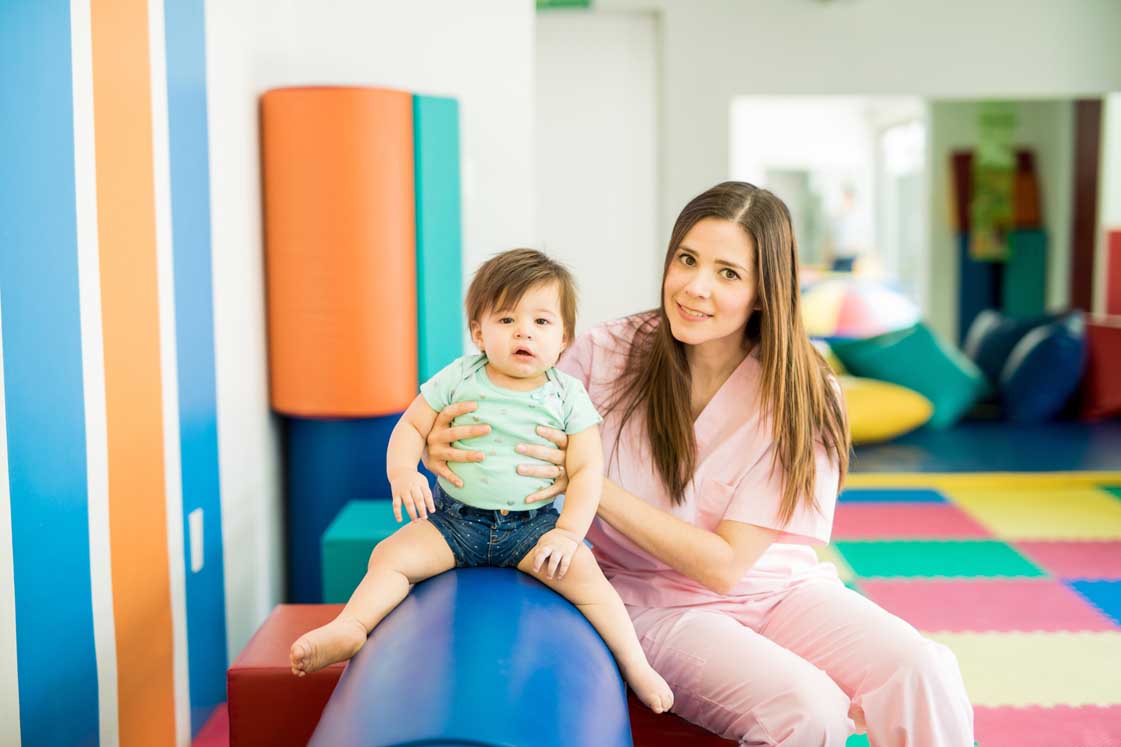Come to Physioline for fastest manner of recovery of your Child. We treat children of all Age Groups for Delayed Milestones.
Milestones are the definite landmarks in the growth and development of the child.
The term “Delayed milestone” (or “developmental delays”) is used to describe the condition where a child does not reach one of these stages at the expected age.
Delayed growth involves poor or abnormally slow gains in weight or height in a child younger than 5 years old.
Physioline takes your child to the right Growth Track

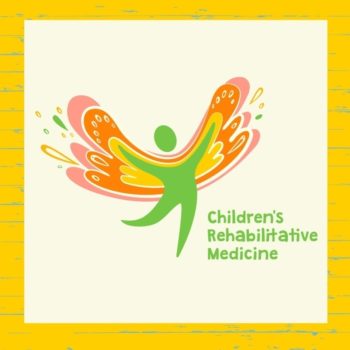
Causes:
Delayed or slower-than-expected growth can be caused by many different things, including:
- Low birth weight
- Birth asphyxia
- Brain injury
- Genetics
- Poor Nutrition
- Infections
- Chronic diseases
- Psychosocial health.
Normal Birth Milestones.
2 months old infant
Physical and motor-skill markers:
- Closure of posterior fontanelle (soft spot at the back of the head)
- Several newborn reflexes , such as the dance reflex (baby appears to dance or step when placed upright on solid surface)and grasp reflex (grasping a finger), disappear
- Less head lag
- When on stomach, able to lift head almost 45 degrees
- Less flexing of the arms and legs while on stomach
Sensory and cognitive markers:
- Head turns from side to side with sound at the level of the ear
- Beginning to look at close objects
Language
- Crying becomes differentiated
- Coos
Social
- Vocal response to familiar voices
- Smiles
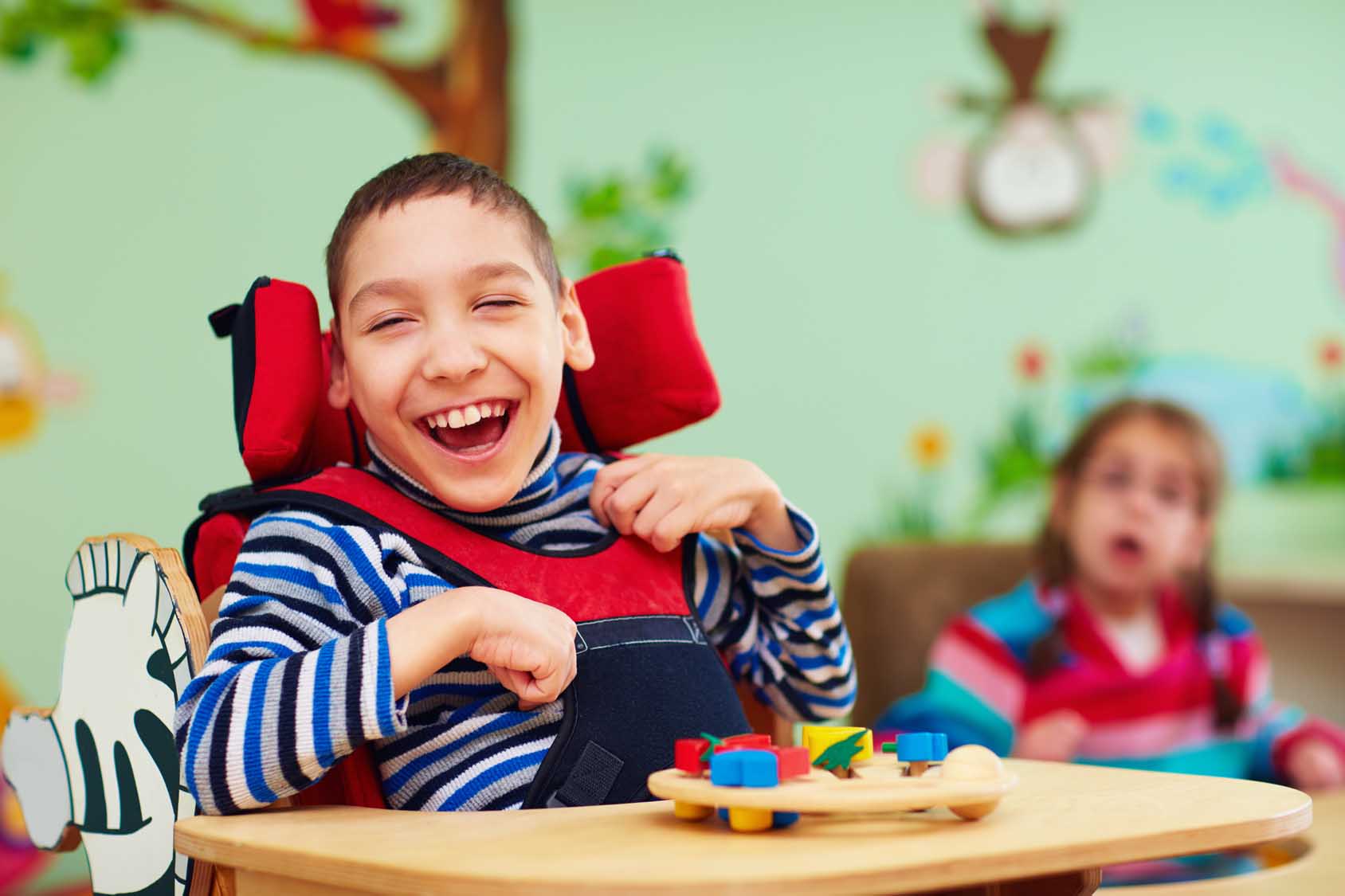
4-months-old infant
Gross motor skill
- Show a slowing of weight gain to approximately 20 grams per day
- Demonstrate the fading of the infant reflexes (Moro reflex , asymmetric tonic neck reflex, rooting reflex, and Perez reflex)
- Have almost no head lag while in a sitting position
- Be able to sit up straight if propped
- Raise head 90 degrees when placed on stomach
- Be able to roll from front to back
Fine motor skills
- Try to reach objects with hands (may commonly overshoot)
- Play with rattle when it’s placed in the hands, but won’t be able to pick it up if dropped
- Be able to grasp rattle with both hands
- Be able to place objects in mouth
SENSORY AND COGNITIVE SKILLS
A 4-month-old is expected to:
- Have well-established close vision
- Have beginning eye-hand coordination
Language
- Be able to babble and coo
- Be able to laugh out loud
- Anticipate feeding when able to see a bottle (if bottle-fed)
Social
- Begin to show memory
- Demand attention by fussing
- Recognize parent voice or touch
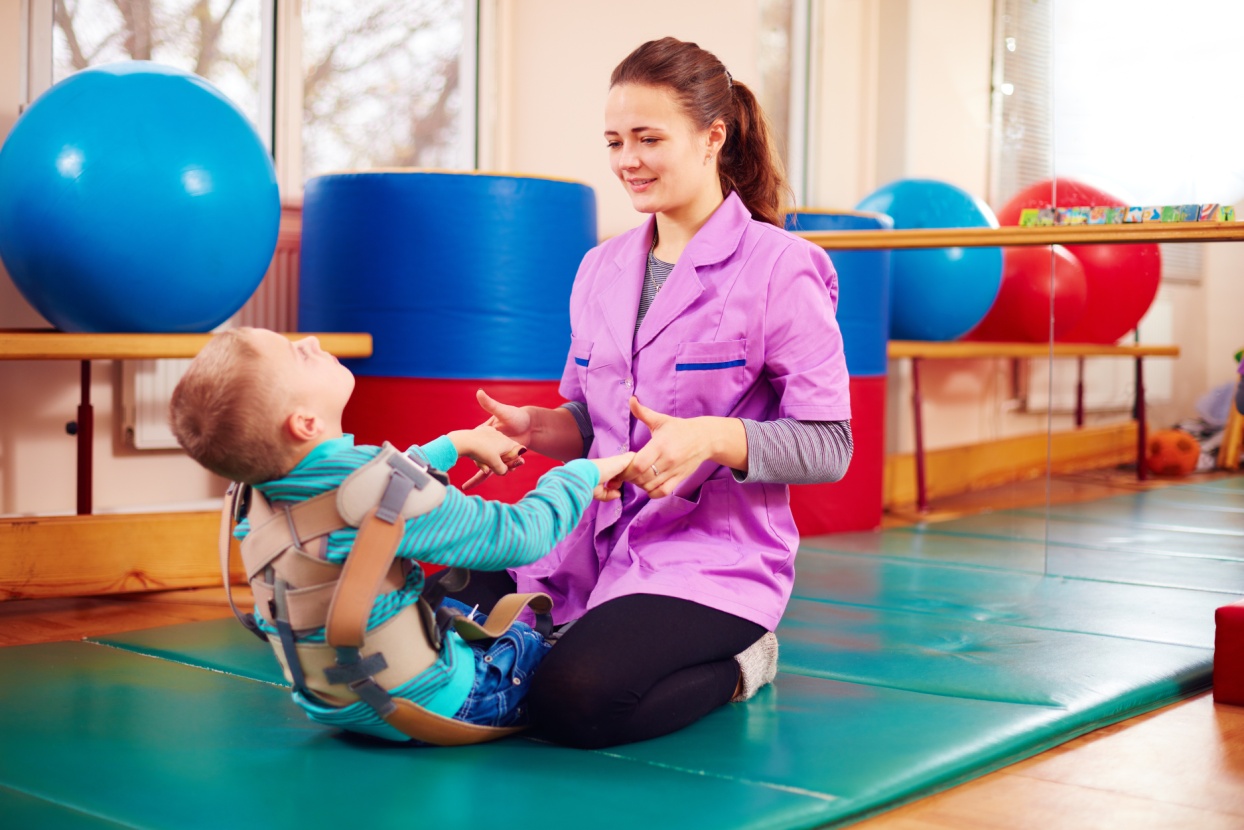
6 month old infant
Physical and motor-skill markers:
- Able to bear almost all weight when supported in a standing position
- Able to hold own bottle (but many babies won’t do it, or will do it only for short periods)
- Able to lift chest and head while on stomach, bearing the weight on hands (often occurs by 4 months)
- Able to roll from back to stomach
- Able to sit in a high chair with a straight back’
- Beginning of teething
- Increased drooling
- Should have doubled birth weight (birth weight often doubles by 4 months, and it would be cause for concern if this hasn’t happened by 6 months)
Fine motor skills
Able to pick up a dropped object
Sensory and cognitive skills:
- Begins to fear strangers
- Begins to imitate actions
- Begins to realize that if an object is dropped, it is still there and just needs to be picked up
- Can locate sounds not made directly at the ear level
- Enjoys hearing own voice
- Vision is between 20/60 and 20/40
Language
- Makes sounds (vocalizes) to mirror and toys
- Makes sounds resembling one-syllable words
- Prefers more complex sound stimulation
- Starts to imitate sounds
Social
- Recognizes parents
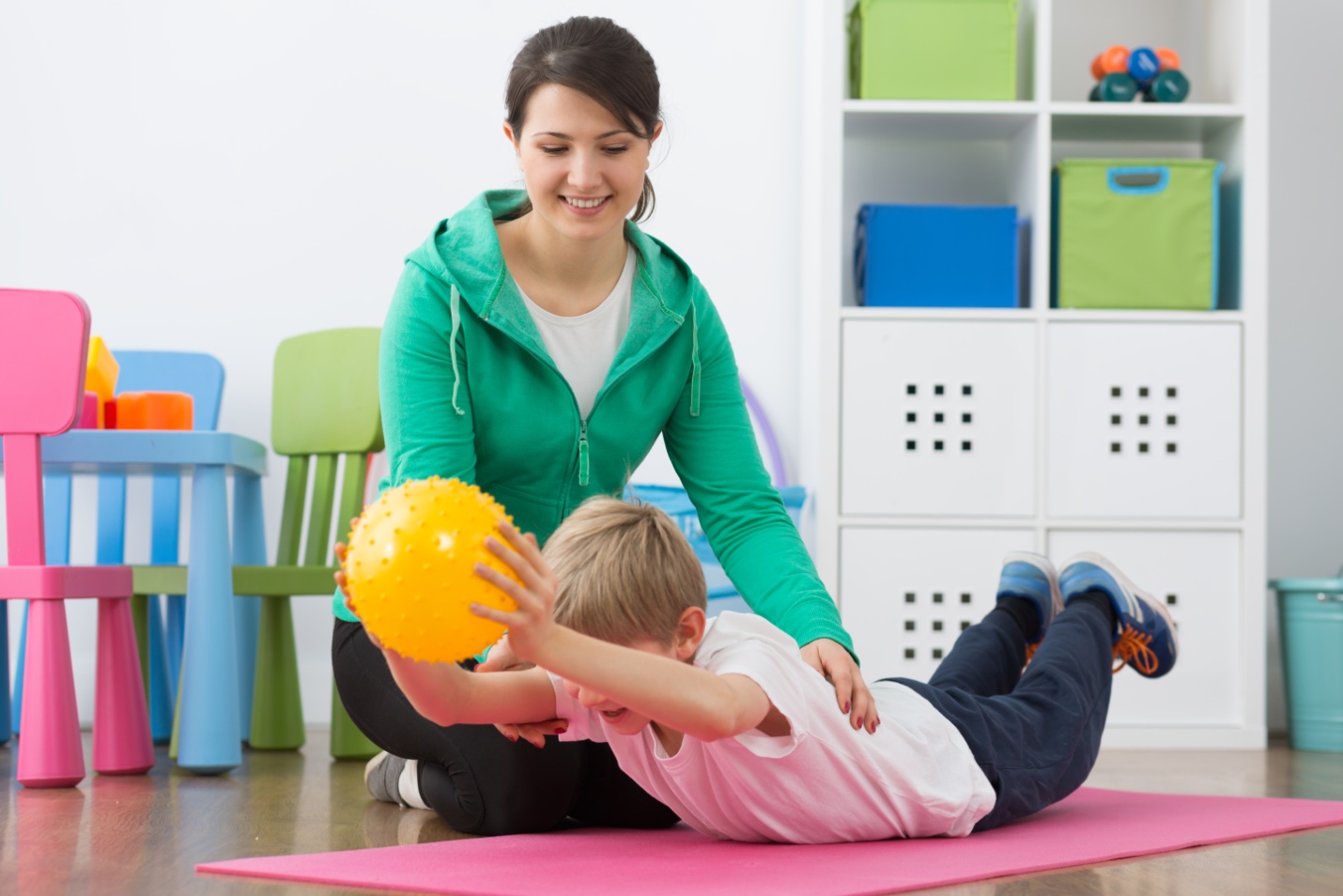
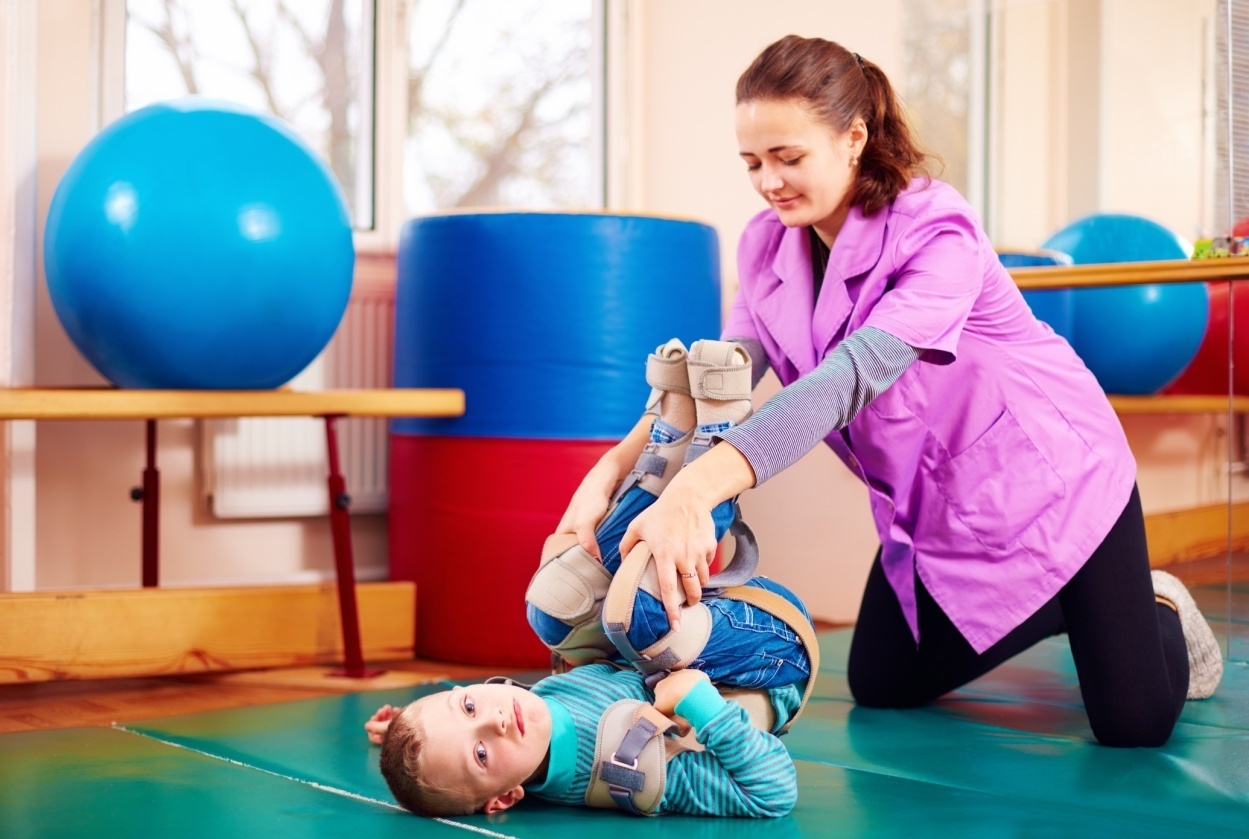
9 months old infant
Physical and motor skills:-
- Gains weight at a slower rate — approximately 15 grams per day, 1 pound per month
- Increases in length by 1.5 centimeters per month
- Becomes more regulated in bowel and bladder systems
- Shows parachute reflex to protect self from falling
- Is able to crawl
- Remains sitting for prolonged periods
- Pulls self to standing position
Fine motor skills
- Has a pincer grasp between thumb and index finger
- Feeds self
- Throws or shakes objects
Sensory and cognitive skills
The 9 month old typically:
- Is developing depth perception
- Achieves “object constancy”, the understanding that objects continue to exist even when not seen
- Responds to simple commands
- Responds to name
- Understands the meaning of “no”
- Imitates speech sounds
- May be afraid of being left alone
- Plays interactive games
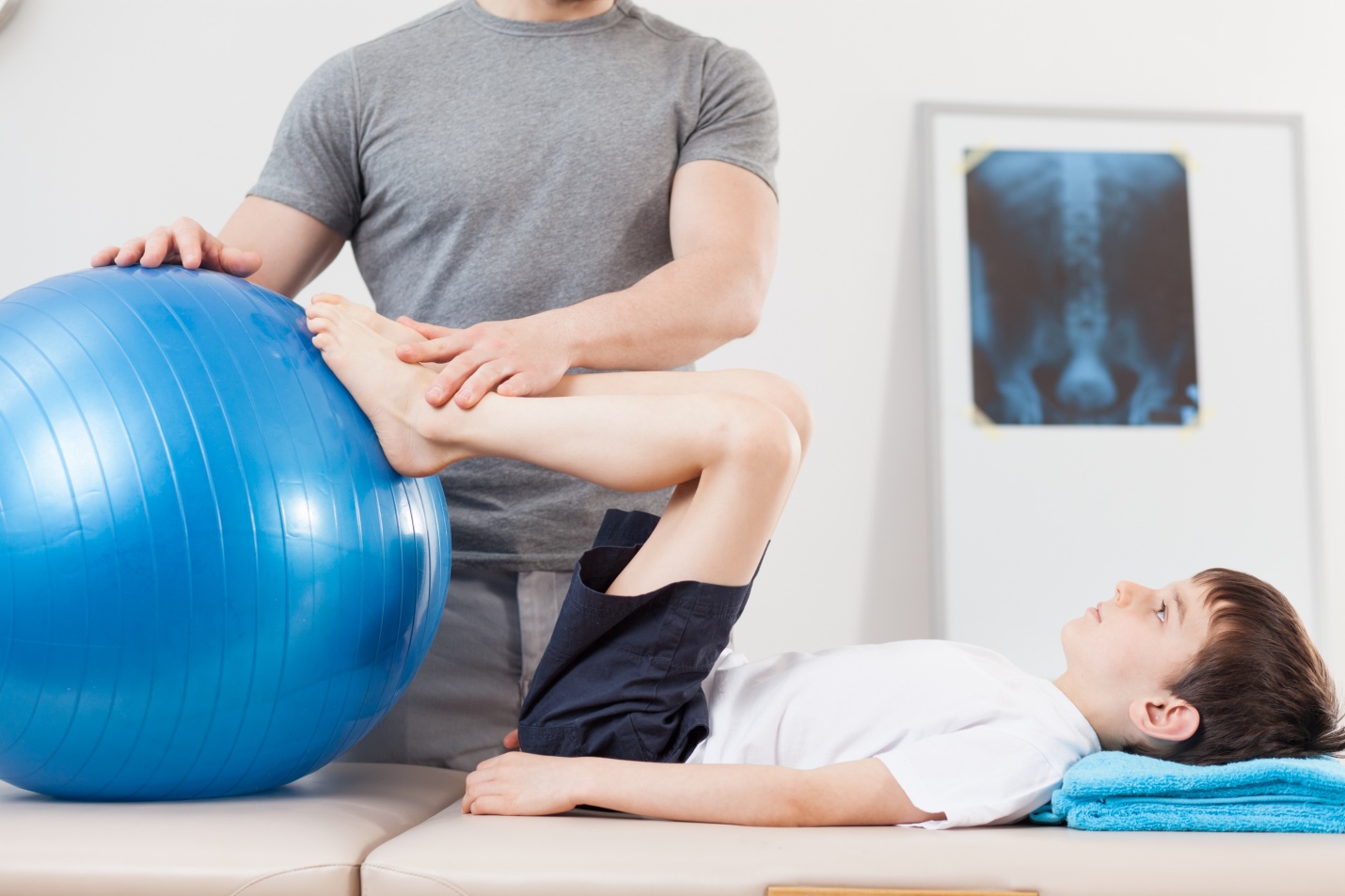
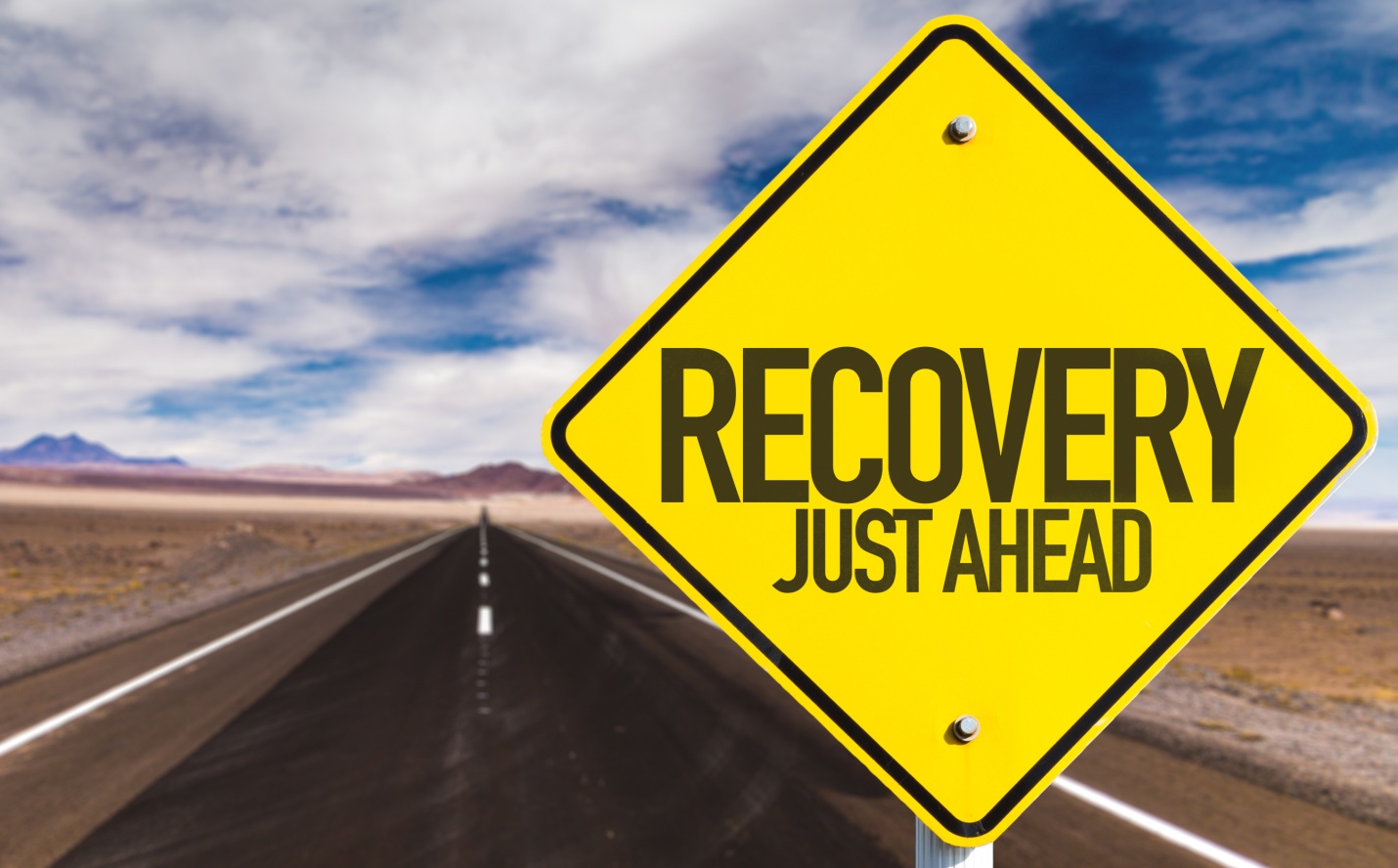
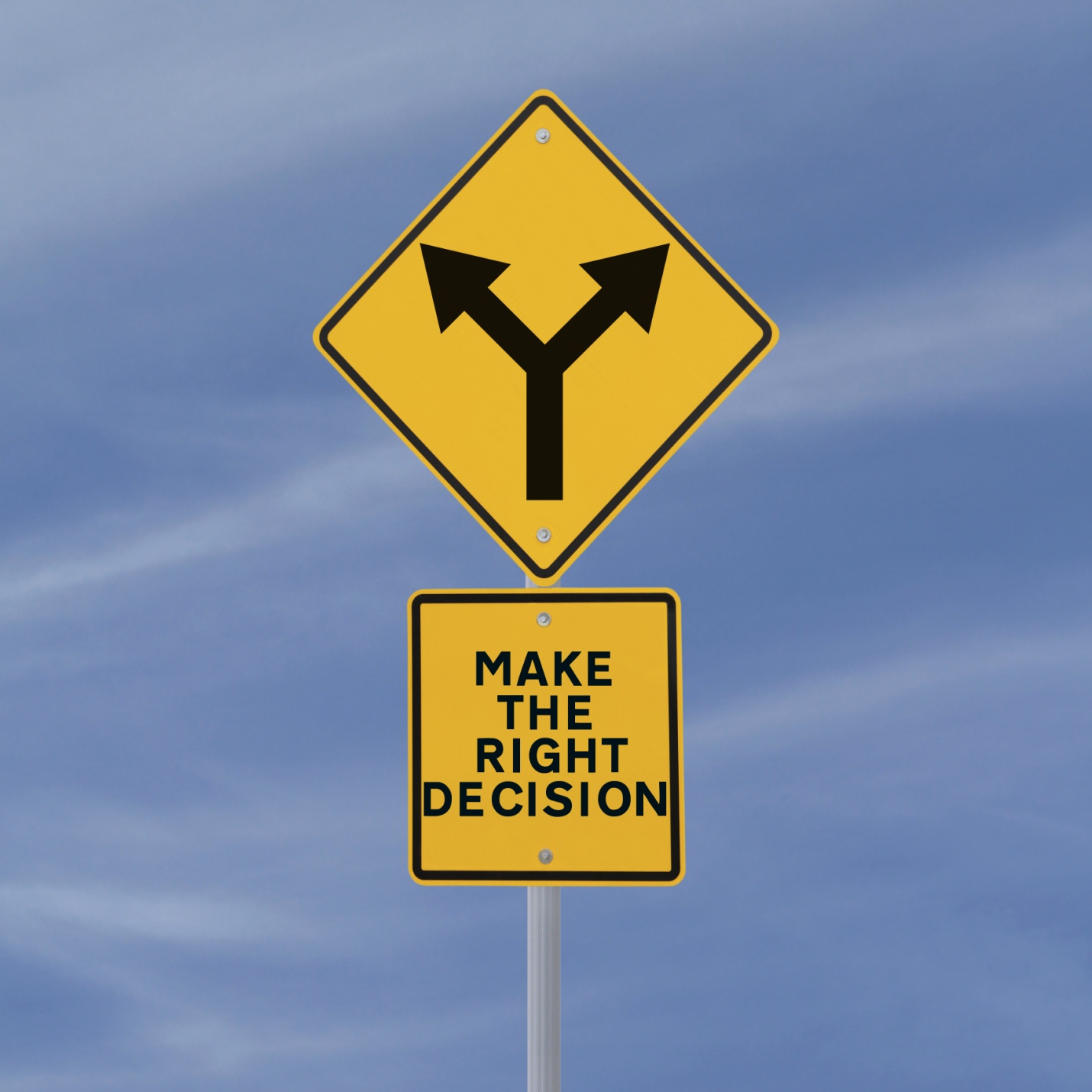
12 months infant
PHYSICAL AND MOTOR SKILLS
The 12-month-old child is expected to:
- Triple the birth weight
- Grow to a height of 50% over birth length
- Have a head circumference equal that of the chest
- Have 6 – 8 teeth
- Have a nearly-closed anterior fontanel (the front soft spot on the head)
- No longer have a Babinski reflex (although it may be present in children up to age 2)
- Pull to stand and walk with help or alone
- Sit down without help
- Bang 2 blocks together
Fine motor skills
- Turn through pages of a book by flipping many at a time
- Have a precise pincer grasp
- Points to objects with index finger
SENSORY AND COGNITIVE DEVELOPMENT
The typical 12-month-old:
- Follows a fast moving object
- Has control over response to sounds
- Comprehends several words
- Searches for objects that are hidden, but unable to consider alternative locations
Language
- Can say mamma, papa, and at least 1-2 other words
- Comprehends simple commands
- Tries to imitate animal sounds
- Associates names with objects
Social
- Waves bye
- May develop attachment to a toy or object
- Experiences separation anxiety and may cling to parents
- May make brief exploratory journeys away from parents in familiar settings
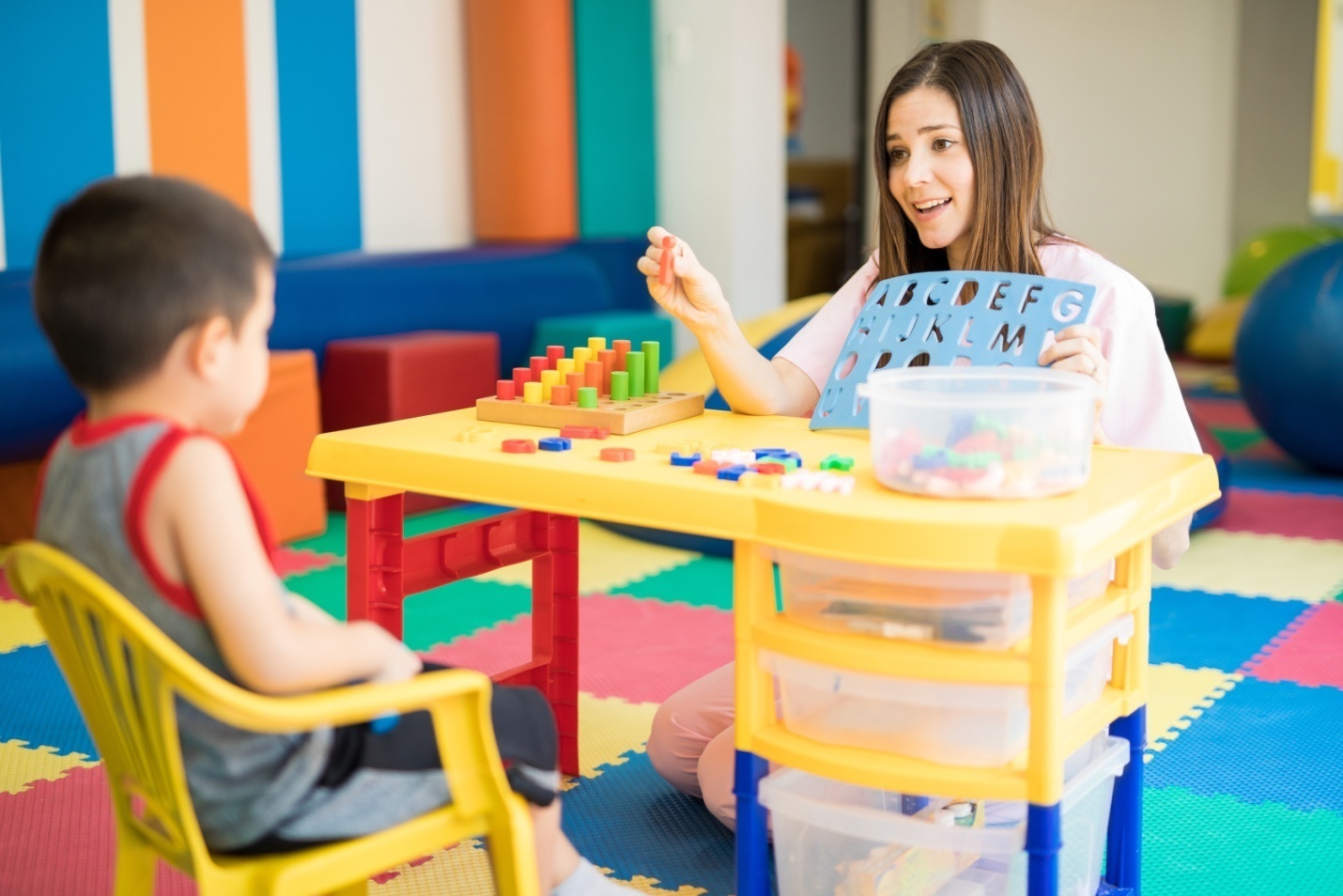
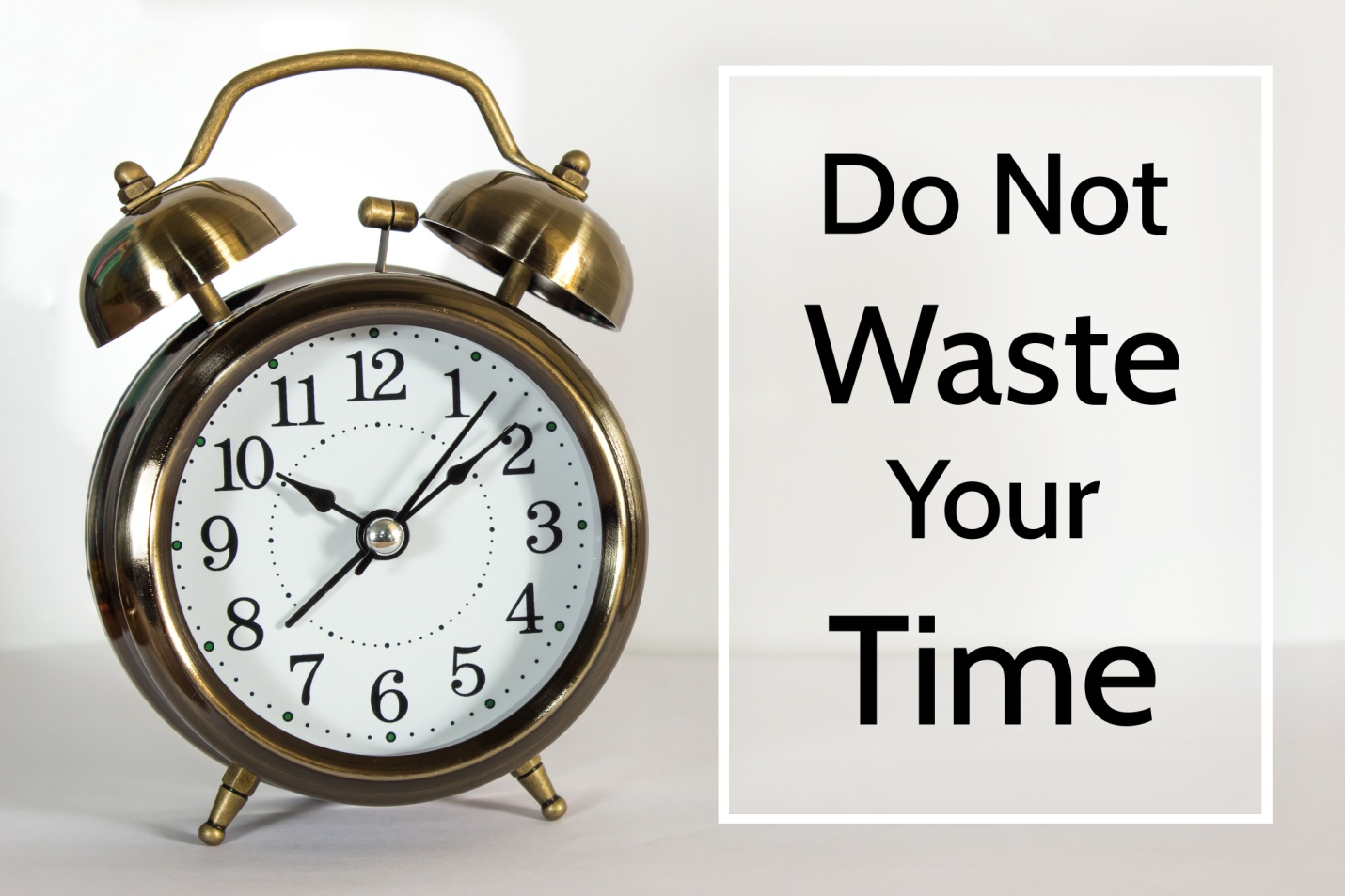
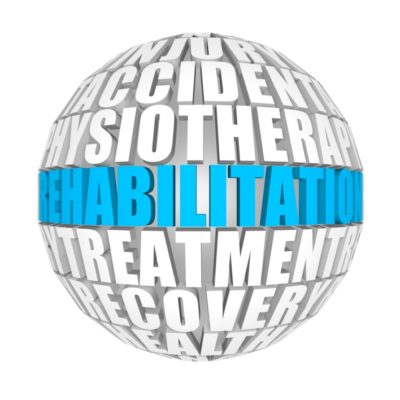
2 year old:-
Motor skills
- Walks alone
- Pulls toys behind her while walking
- Carries large toy or several toys while walking
- Begins to run
- Stands on tiptoe
- Kicks a ball
- Climbs onto and down from furniture unassisted
- Walks up and down stairs holding on to support
Hand and Finger Skills
- Scribbles spontaneously
- Turns over container to pour out contents
- Builds tower of four blocks or more
- Might use one hand more frequently than the other
Language
- Points to object or picture when it’s named for him
- Recognizes names of familiar people, objects and body parts
- Says several single words (by 15 to 18 months)
- Uses simple phrases (by 18 to 24 months)
- Uses two- to four-word sentences
- Follows simple instructions
- Repeats words overheard in conversation
Cognitive
- Finds objects even when hidden under two or three covers
- Begins to sort by shapes and colors
- Begins make-believe play
Social
- Imitates behavior of others, especially adults and older children
- Increasingly aware of herself as separate from others
- Increasingly enthusiastic about company of other children
Emotional
- Demonstrates increasing independence
- Begins to show defiant behavior
- Episodes of separation anxiety increase toward midyear then fade
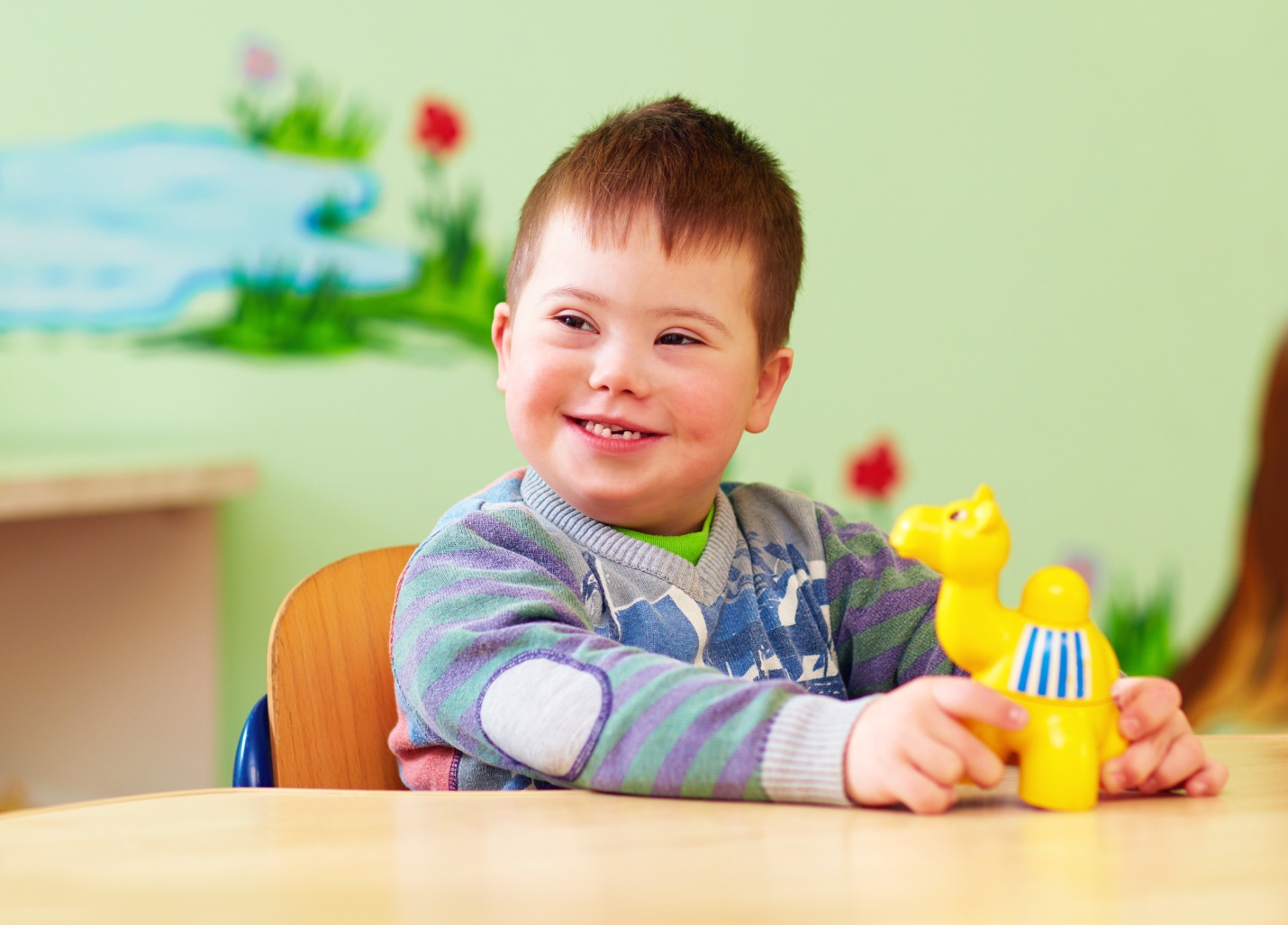
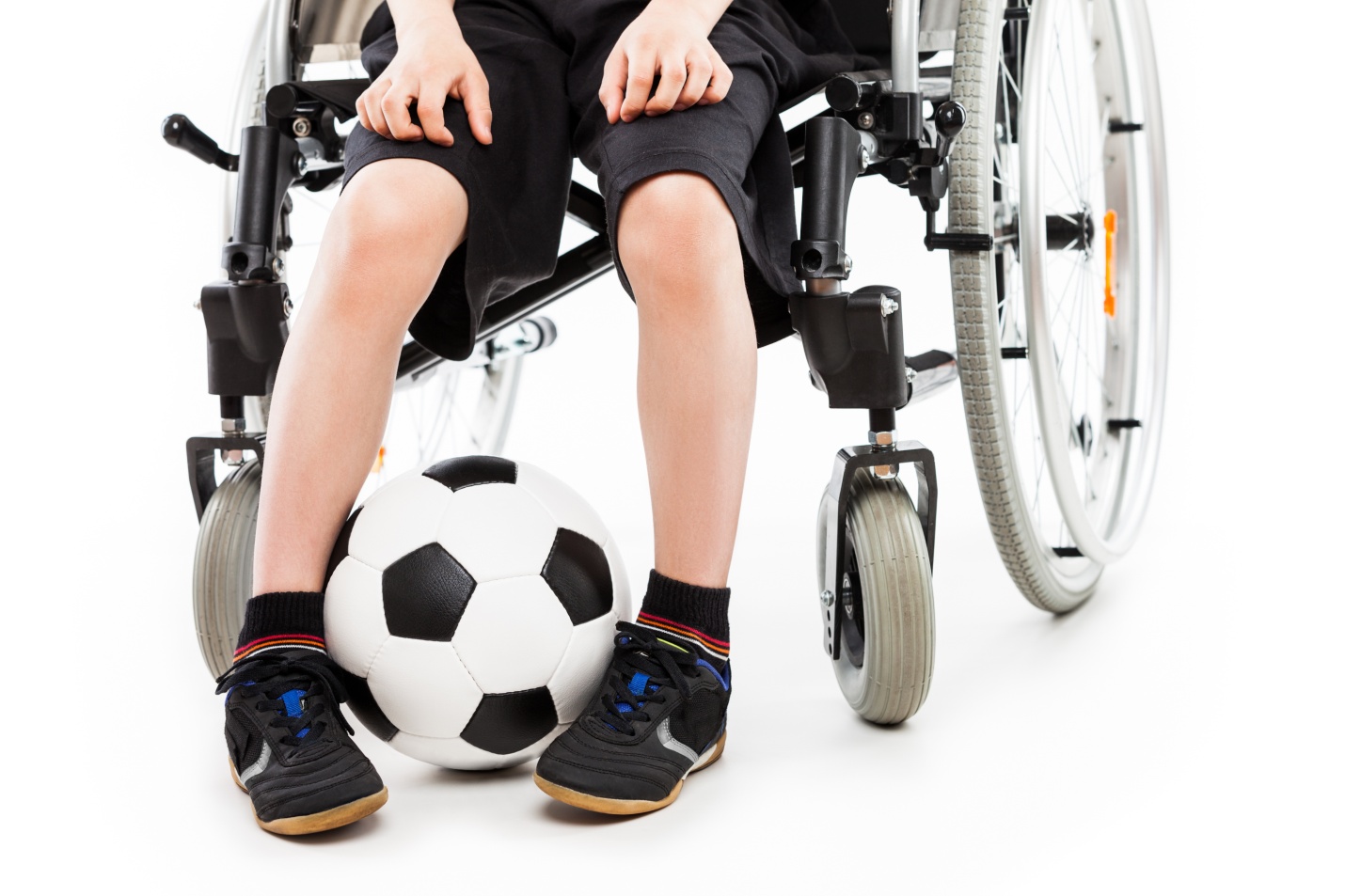
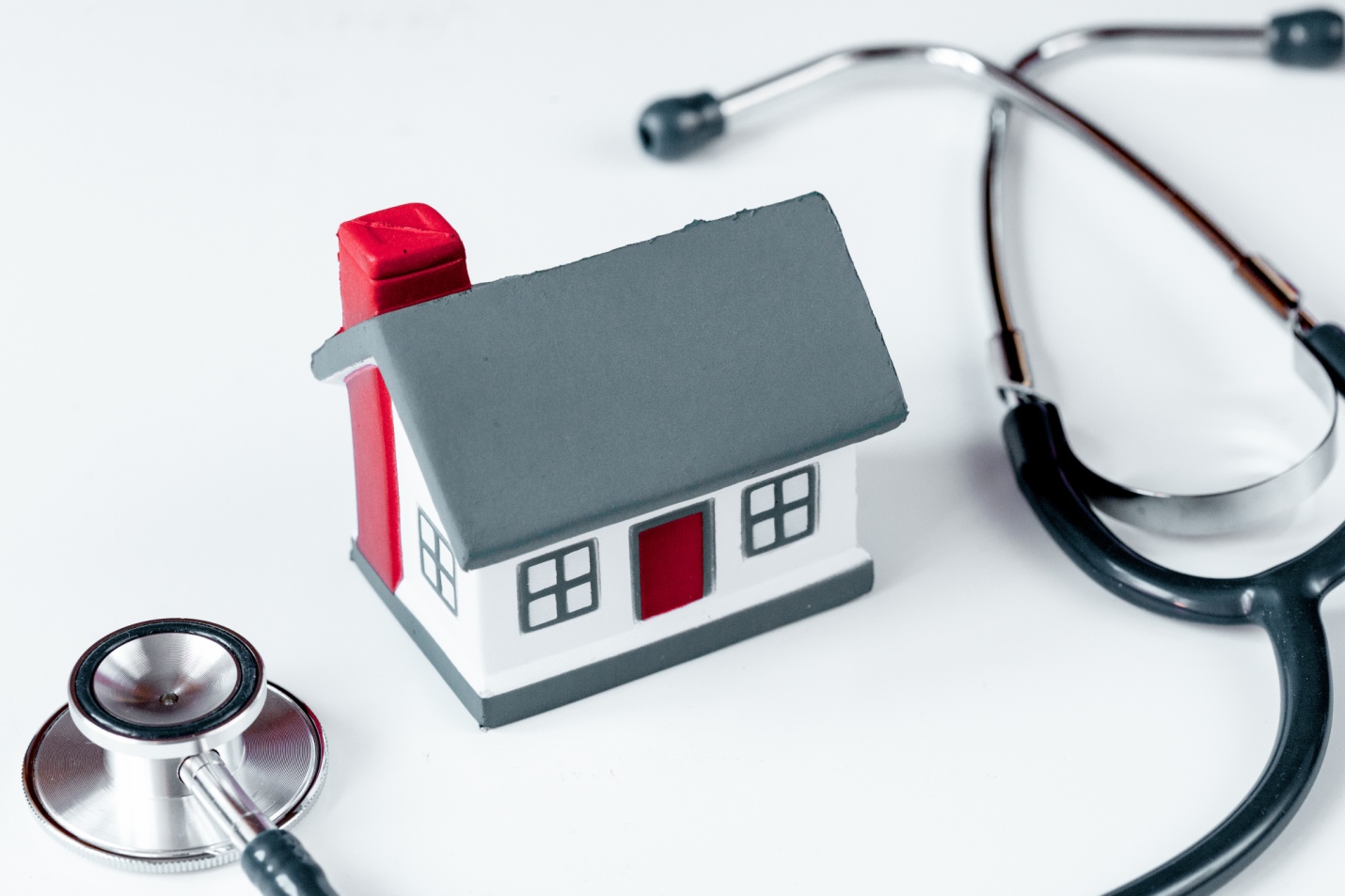
DIAGNOSIS AND TESTS:-
Diagnosis is made on the basis of medical, family and environmental history. A discrete assessment with the help milestone markers helps in understanding the physical and mental age.
Tests may include:
- Blood tests (such as a CBC or blood differential )
- Hormone studies
- Stool studies (to check for malabsorption)
- X-rays to determine bone age and to look for fractures

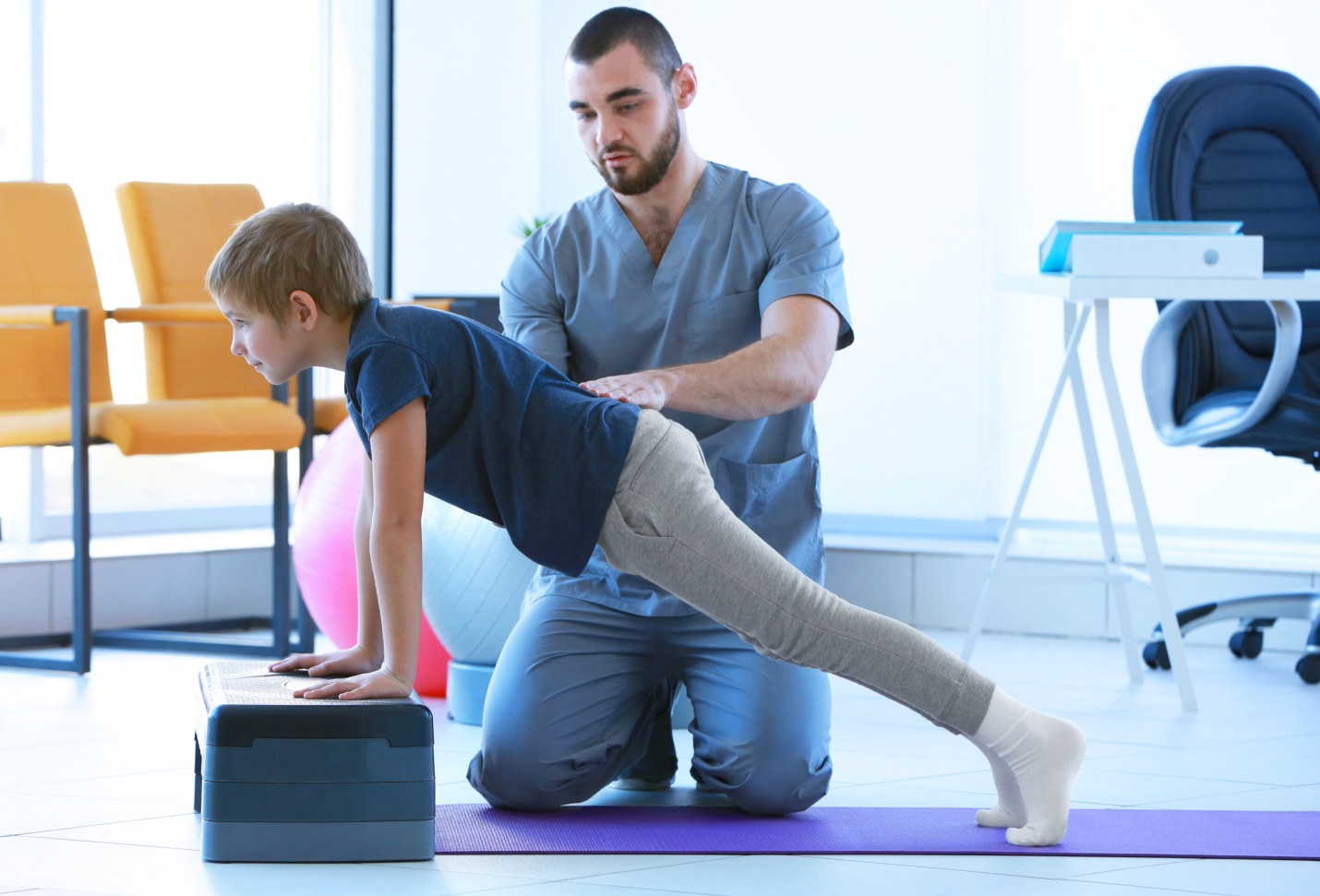
TREATMENT GOALS :
There is almost never a specific medicine or surgical procedure that will correct developmental delay. The most important thing a parent can do for a delayed child is provide a loving and stimulating environment. To assist you in providing appropriate exercises and stimulation for your child Physioline works with the following
goals in mind:-
- To reduce spasticity and encourage more normal movements.
- To improve motor and cognitive skills
- To control and co-ordinate movement patterns.
- To keep muscles strong and strengthen those are weak.
- To keep joints mobile and prevent stiffness becoming permanent.
- To improve co-ordination and balance.
- To help improve gait, balance and flexibility
- Improve aerobic activity and movement initiation
- To improve circulation, thereby supporting bodily functions.
- Regain functional abilities and overall independence

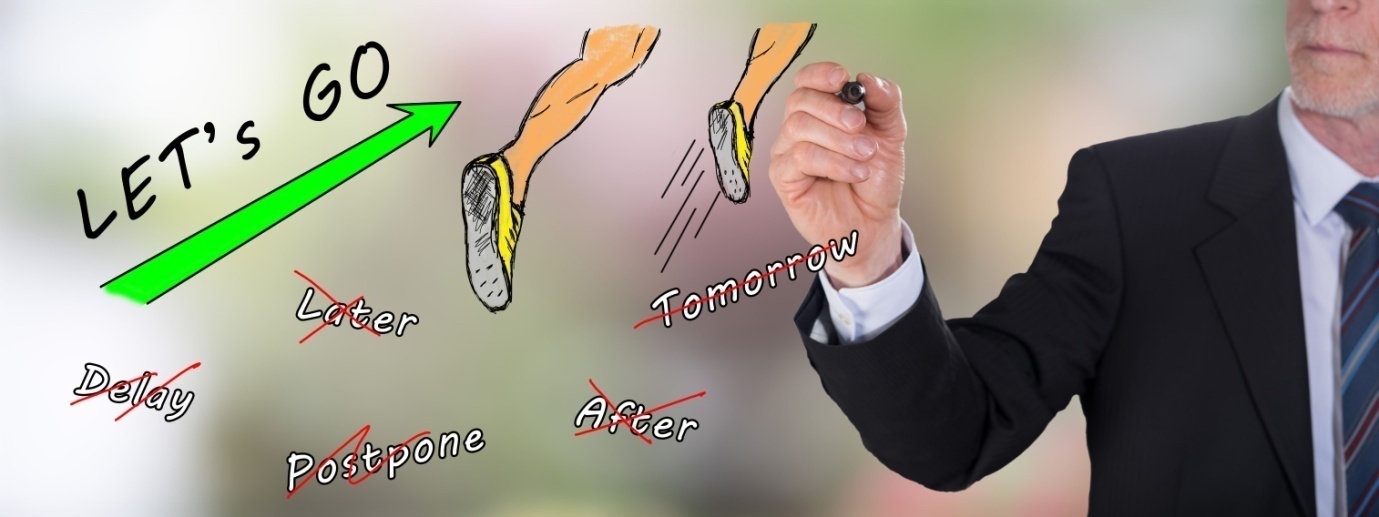
Neurorehabilitation with Combination Therapy is the ONLY Answer for Delayed Milestone Children.

Global Treatments


Highlights of Our Treatment:–
- Innovative Programs for every special child.
- Unique treatment Approach for the first time in India.
- Continuous Up gradation of Professional skills and techniques.
- Neurorehabilitation implemented for medical tourism patients for the first time in India.
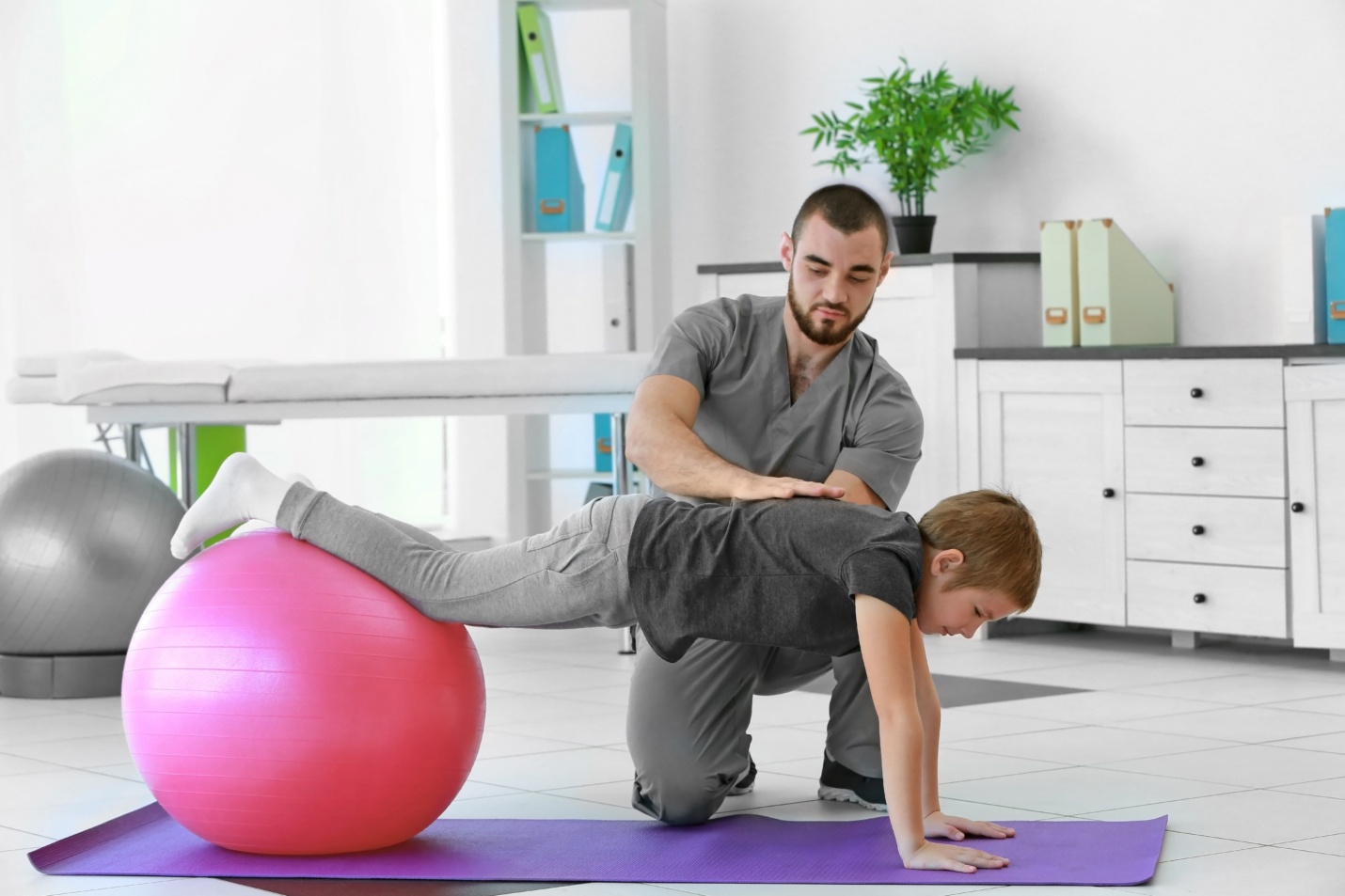
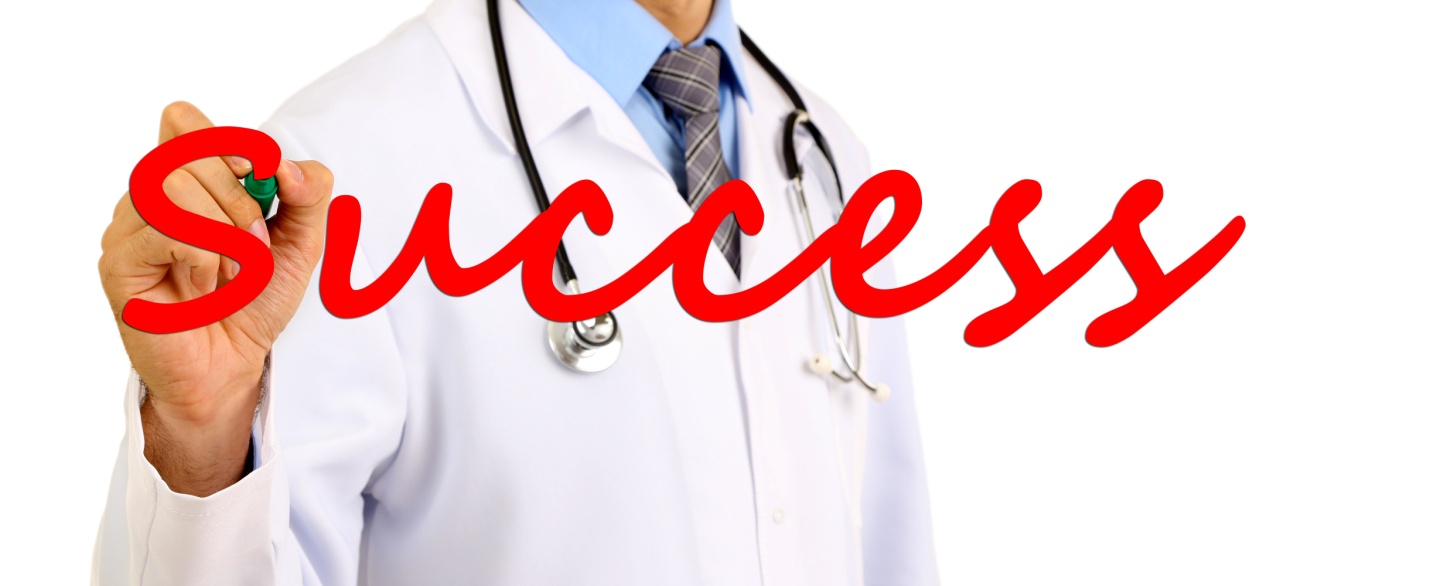
Happy Clients.

ISHITA PATEL Gujarat India.
Cerebral Palsy My 2 yr old son was diagnosed with Cerebral Palsy. After we got the diagnosis my husband and I felt like we have been punched in the stomach. My son’s Paediatrician told us my son needs vigorous Physiotherapy on daily basis. I came to know about Physioline through one of

MRS .SAJIDA KHAN Bhopal India
Delayed milestones. My 6 months old daughter was diagnosed for delayed milestones. She was unable to hold her head, turn to one side. I was very much worried for my little girl. This was leading to depression. My daughter’s Paediatrician told me that Physiotherapy treatment would help h

MRS. SANGEETA Mumbai
Dyslexia My 11 yr old son has been diagnosed for dyslexia. He had difficulty to listen, absorb and Concentrate on the task at hand. But after taking the treatment sessions at Physioline he has the ability to keep himself focused and to resist distractions. Through this program, my son i

